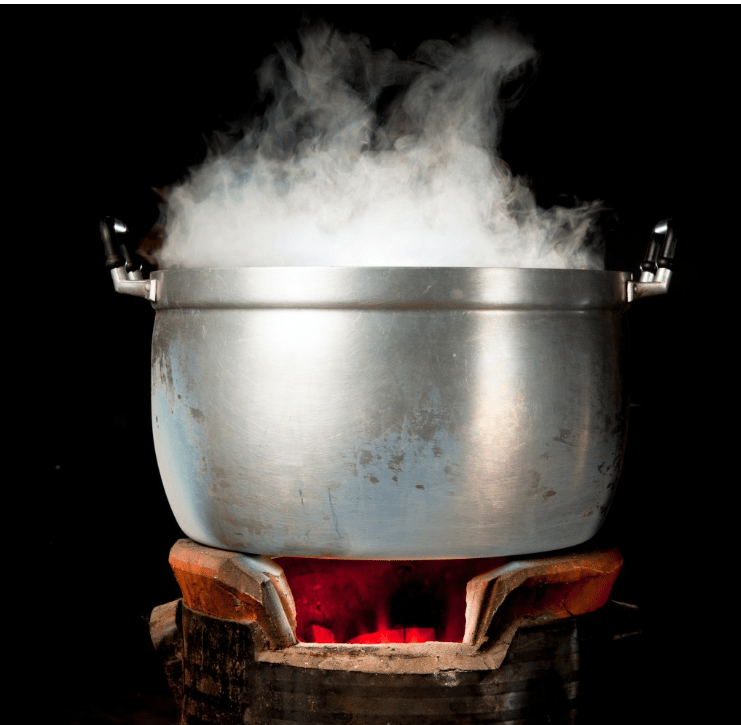Published on February 5, 2018. Last Updated on August 12, 2019.
Natural Hair Ingredients and Processing Methods: People are constantly searching for “all natural” and organic hair growth products. Although many of these products claim to have pure ingredients directly from the source; they not be as effective as one would expect. The effectiveness of Natural Hair ingredients will largely depend on how they are processed. Research has been done to determine which ingredients will have an effect on hair growth.
Natural Hair Ingredients and Processing Methods
Natural hair ingredients and products that are available for consumers to purchase are often accompanied by supplementary factors, known as alkaloids. These active agents are modeled from molecules and help to balance out the dynamics of the active agent and work in a more seamless fashion within the body. This is why they are safer with a relatively minimal risk of unwanted side effects. However within the original plant are additional components which contribute to the overall effectiveness and value of the results. Whole plant components typically work in a holistic fashion. They are often able to integrate our entire system instead of just addressing the target treatment area.

Isolating Plant Extracts
It important to understand the processes involved in isolating ingredients from the original plant. There are two basic techniques to become familiar with:
(1) steam distillation
(2) cold pressing
Steam Distillation
Steam distillation relies on the use of heat to separate the desired extract from the rest of the plant organism. There are three basic steps to achieving this:
(1) The plant is placed on a screen surface which is placed on top of a water boiler. The steam rises up towards the root, leaves or flowers to create a vapor which contains the essential oil. The steam and oil reach a condenser unit.
(2) Within the condenser, the temperature is much cooler. This allows the steam and vapor to condense into liquid which is collected into a receiving vessel.
(3) Inside the final receptacle, the essential oil floats to the top of the liquid (which came from the steam), referred to as hydrosols. The oil is then collected while the water returns to the boiler.
While steam distillation is a cost effective technique used for producing essential oils, the heat which is used can denature the plant extract. And this is likely to alter or reduce the potency of the desired properties, according to Dr. U.
Cold Pressing
Cold pressing does not use heat to separate the main set of components from the plant. It involves a four step process:
(1) The leaves, flowers, fruit or root undergoes scarification. This is mechanically done to open the compartments within the plant containing the essential oil.
(2) The plant material is pressed to remove the desired juice and oil extract.
(3) The peel, juice and oil and other remains from the plant are placed in a centrifuge. This is done to separate the solid matter from the liquid.
(4) The liquid layer is isolated. And the oil is then separated from this fluid.
Cold pressing requires the use of specialized equipment such as the centrifuge. And the overall process is slightly more involved. These factors contribute to higher costs in the final product. However, this process does not incur heat damage to the plant extract. Therefore, the final essence is able to retain much of its natural form, including the original set of desired properties.
